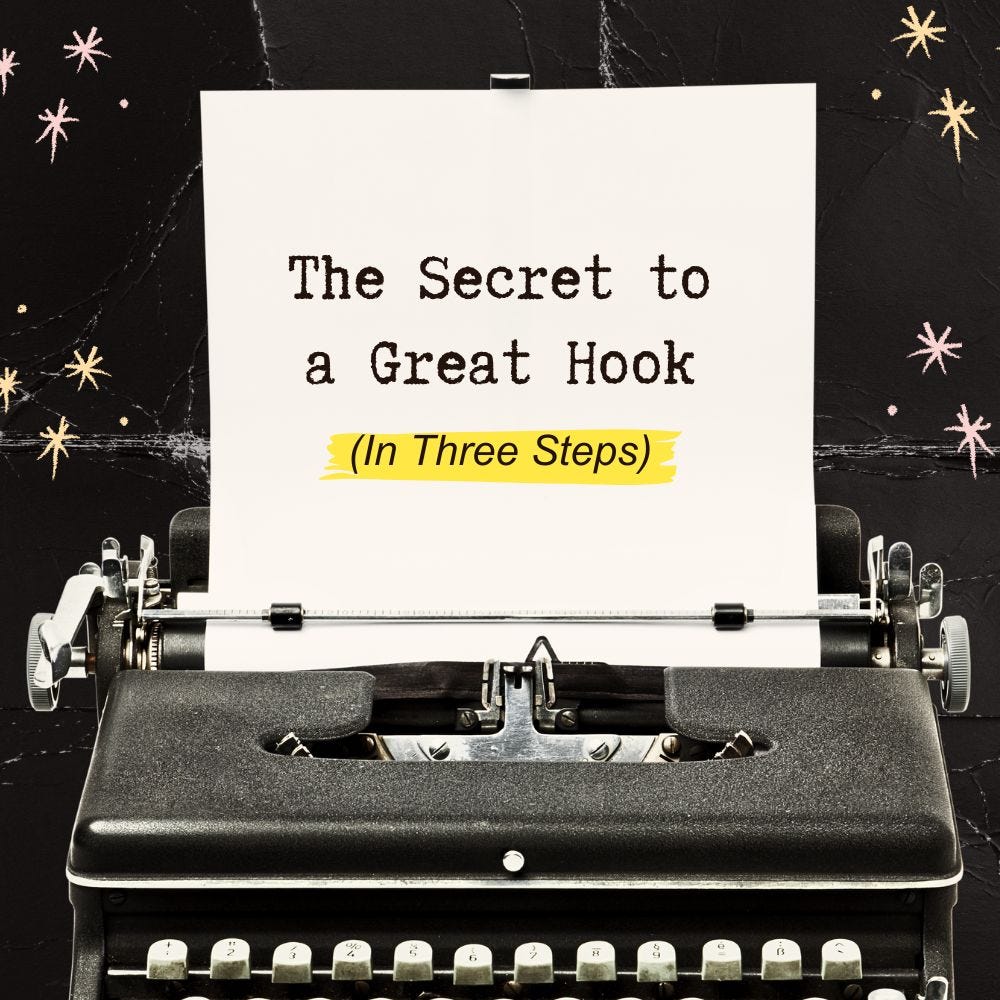Lately, I've been wrestling with the challenge of starting my novel. It's all plotted out, and I've even written half of it already, but that very first chapter — that very first paragraph — seemed to be eluding me. I just couldn’t think of the right hook to keep the reader engaged while also staying true to my story.
Setting the mood, introducing the tone, the main character, the themes — a lot goes into that first introduction. Then, a little voice from an old college 2D animation instructor resurfaced in my memory: "Tell the whole story in the first shot." Of course that was the solution! How did I not think of it before? But for anyone who hasn’t heard of this technique before, what exactly does that mean?
It's a peculiar storytelling device that, at first glance, might seem counterintuitive. After all, you don't want to give away the ENTIRE story at the very beginning point blank. However, this method revolves around encapsulating the essence of the entire narrative within the initial scene.
Let's take a classic example: the movie UP. Its opening scene is set in an old movie theater. On-screen a black and white pre-show (a short film played before the feature presentation) called “Spotlight on Adventure” is rolling. The program recounts the discovery of Paradise Falls by the famed adventurer Charles F. Muntz. The child-aged protagonist Carl Fredricksen is sitting front row and watches his hero in awe. After the show we see Carl run into his neighbor Ellie, a young girl who also shares his love of adventure. They play and promise each other to one day travel to Paradise Falls together. The story picks up again when Carl is an old man.
In just a few minutes, this introductory scene introduces 1) Paradise Falls, 2) Carl's adventurous spirit, and 3) his connection with Ellie which blossoms into romance. There’s also a massive emotional rollercoaster that follows which reinforces the first scene’s importance. If you haven’t seen UP, I’d highly recommend checking it out (and bring tissues…it’s a tear-jerker).
Ultimately, The introduction effectively conveys the entire plot of the movie in a single scene; it’s a hyper-abridged and abstract version but nonetheless. It introduces us to the protagonist, the focus of his quest, and what he values most. At first glance, you might not catch it, but its significance becomes apparent when rewatching and keeping an eye out for the subtle easter eggs dropped in the beginning. This approach isn't limited to animation; it's also evident in films like Wall-E, very apparent in the opening credits of Catch Me if You Can, and noticeable in many other films, whether animated or not.
This method can also be applied to novels as well. I'd venture to say that this technique can be the key to crafting the perfect opening scene for any story. Personally, I find it to be an invaluable tool for reigniting creativity when facing writer's block.
If you're interested in trying this method, here's a simple guide to get you started:
List out the pivotal moments in your story.
Consider the exposition, climax, and resolution.
How can you encapsulate these elements in the first scene abstractly or metaphorically?
Beyond this, there are no other rules. The structure acts as a writing prompt and then you are free to craft an opening scene however you like.
With these steps, you can craft a compelling hook that not only sets the stage for your narrative but showcases your writing style, introduces important themes, and draws readers in from the beginning.
Have you considered using this tactic to launch your story's opening scenes? If not, is it something you're open to trying? I’d love to hear your thoughts! 👇🏻





